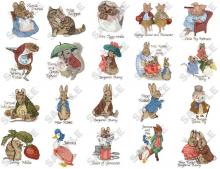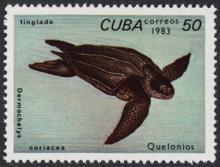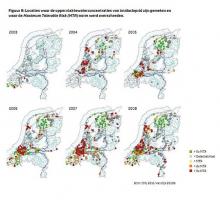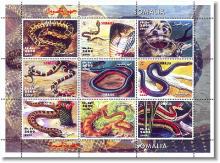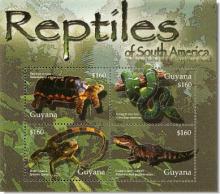De kaalslag in de Britse natuur - een op de drie soorten is in de afgelopen halve eeuw in aantal gehalveerd
Een grootschalige inventarisatie van de natuur in het Verenigd Koninkrijk heeft aangetoond dat de meeste soorten worstelen om te overleven en dat een op de drie soorten in de afgelopen halve eeuw in aantal is gehalveerd. Het verslag werd opgesteld door natuurbeschermingsorganisaties waaronder de Wildlife Trusts, de Mammal Society, Buglife en de Marine Conservation Society. Het unieke verslag, gebaseerd op wetenschappelijke analyse van tientallen miljoenen waarnemingen van vrijwilligers, toont aan dat insecten, vogels, vissen, amfibieën, reptielen en planten in de problemen zijn geraakt. Het volledige rapport is online verkrijgbaar: www.rspb.org.uk / stateofnature. Van meer dan 6000 soorten die met behulp van moderne Rode Lijst criteria in het Verenigd Koninkrijk zijn onderzocht, wordt ruim 1 op de 10 met uitsterven bedreigd. In de overzeese gebieden van het Verenigd Koninkrijk, die een rijke fauna van groot internationaal belang bezit, lopen meer dan 90 soorten een hoog risico uit te sterven. De helft van de onderzochte soorten ondergaan sterke veranderingen in aantal of territoria, wat aangeeft dat de recente veranderingen in het milieu een dramatische werking op de natuur in het Verenigd Koninkrijk hebben. De intensivering van de landbouw heeft ingrijpende en langdurige gevolgen voor de natuur gehad. Volgens de toxicoloog Henk Tennekes heeft met name het veelvuldige gebruik van de voor insecten zeer giftige neonicotinoide insecticiden, die in de bodem en het water accumuleren, een rampzalige werking op de natuur, zoals beschreven in zijn in 2010 gepubliceerde boek "Disaster in the Making". Kijk naar de indrukwekkende toespraak van de natuurbeschermer en TV presentator Iolo Williams over de toestand van de natuur in Wales: http://www.youtube.com/watch?v=FnJQjtvngqA


